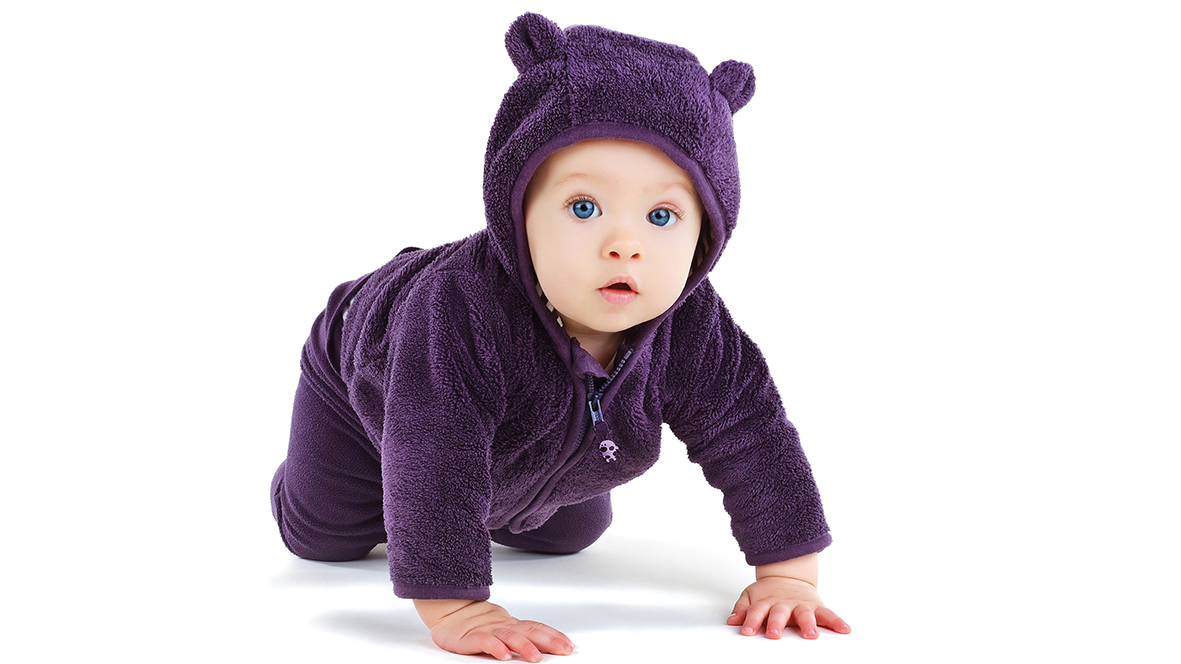
Laboratory tests intend to protect the brands by examining their products’ quality, strength, and suitability.
I tried helping to edit this article prepared with the contributions of our technical crew.
Baby product safety is a matter given high importance by the ministries in our country, as it is the case in other countries as well.
Possible threats to baby product safety are dangers are mechanical risks, toxic chemicals, fire hazards, electric breakdowns; and sensual dangers.
According to the European Consumer Safety Commission, the five greatest dangers are listed as drowning, intoxication from toxic and carcinogenic substances, swallowing magnets or small pieces, strangulation, and loss of hearing. In case we start off from “toys” in mechanical security tests; there must be a label saying that product has passed EN 71-1 and EN 71-2 tests. It is utterly important to check 0-3 age restrictions while buying goods. The most common tests for toys are; EN 71-1 (Mechanical tests), EN 71-2 (Flammability tests), EN 71-3 (Heavy metal tests).
Considering that raising awareness is very important as well, we would like to share once again the importance of writing details on the packages of the toys. It is utterly important to follow the guidelines, warnings, and directions on toys and packages. There must be a CE sign on either the toy or the package. Names of the manufacturer and importer companies, address and barcode number are supposed to be written on a label on the toy. Also, there must be a danger warning for children of age three and under. (Such as “Not suitable for children under 3 years” “Risk of strangulation”)
We also would like to share the link where you can reach the publication of the Ministry of Customs and Trade in the Official Gazette regarding the toys.
Instructions on Toys, October 31, 2013.
(In Turkish)
http://www.resmigazete.gov.tr/eskiler/2013/10/20131031-2.htm
Mechanical Security Tests on Toys (EN 71-1)
There may be some parts which babies can pull off with their teeth and hands. For instance, there are mechanical security tests for toys which have some parts that can be plucked such as noses and arms. These parts may cause strangulation, but also there may be sharp edges due to plucked parts. The undamaged versions of toys are checked for sharp edges as well.
Toys with “sounds” can damage babies’ hearing due to high volume. Therefore, maximum of sound levels in toys are supposed to be as followed: 80dB for hand-held toys, 60dB for toys held close to ears, 85dB for squeezable toys, and 85dB for toys that are played with blowing.
Possible Dangers Due to Fire (EN 71 – 2)
EN 71 – 2 test is used to test the fire resistance of the toy while it’s being played by the baby.
Apart from this, its burning time is calculated as well.
Security Tests for Baby Clothes
The EN14682 test is used on baby clothes to prevent accidents such as strangulation due to drawstrings.
You can find the declaration on the proper production of drawstrings in order to prevent strangulation and physical injuries.
(In Turkish)
April 20, 2012:
http://www.resmigazete.gov.tr/eskiler/2012/04/20120420-18.htm
Possible Dangers Due to Drawstrings
Goods that can cause threats due to not conforming the standards are announced on the website of RAPEX, which broadcasts under the European Commission. For more information:
www.ec.europa.eu/rapex
Chemical Agents and Dangers in Baby Products’ Safety
Let us talk about the chemicals used in some baby products and their dangers.
Azo – Dyes
These are synthetic dyes which are used in “textile and leather” parts of baby clothes, toys, shoes and some stationery products. These carcinogenic substances interact with the body through any wetness. Bleached products do not need to be tested.
According to REACH limitations, the limit is set to 30 mg/kg (%0.003 by weight). (No 1907 / 2006, REACH, section XVII)
24 azo – dyes that are listed as carcinogenic are banned from being used in textile and leather products in the European Union countries.
Formaldehyde
This is a colorless and malodorous chemical. It is used in crease-proofing, non-shrink finishing, and protecting the paint and print. It should be tested in clothes, toys, and textile parts in some stationary products. Being a volatile substance, the amount of formaldehyde is increased in direct proportion to the temperature and moisture ratio. It can be partially removed through washing.
Formaldehyde can cause allergies, itching, eczema, and possibly lung cancer if exposed too much. This substance is extremely dangerous for children under three years old. Its limit is standardized as 16 mg/kg.
Heavy Metals
These ions are sourced by natural plant fibers and used colorants.
Some heavy metals can be found in some chemicals used in textile finishing, even though small in amount.
Clothes and toys in baby products and textile parts in some stationery products should be tested. It causes accumulation in some internal organs such as liver and kidneys when absorbed by the human body.
Absorbed into the body through sweating in adults, and saliva in babies. (0 – 3 years)
The limits of elements are much lower in baby products when compared to adult products.
Oscillation of Nickel
Nickel is used to coating metal samples, and to increase stiffness and endurance against corrosion.
The oscillation of nickel should be tested on all metal products that come into contact with the human body for a long while. Nickel allergy is one of the most common allergies, and 20% of women are allergic to nickel.
The symptoms of nickel allergy include skin redness, swelling, itching, change of skin color, dry skin and skin blisters.
Migration of Some Heavy Metals (EN 71-3)
Migration of some heavy metals occurs in toys for 0 – 14 ages. Toys are split into three categories; dry, fragile and flexible toys (chalk, candle, paint, etc.), liquid and sticky toys (glue, finger paint, etc.), and solid and strippable toys (toys that contain coating, polymer, glass, metal, etc.)
Some elements that children can ingest from toys (some reachable toy parts) can cause accumulation or carcinogen effects in some organs. Heavy metals migration test contains the analysis of the elements that will harm our body through our stomach.
Even though the limits vary due to the area of usage, Category 2 has the lowest limits.
Total Phthalate Content
Phthalates are the most common plasticizers to soften polyvinyl chloride (PVC). It’s used in printed textile products (baby clothes, linens, etc.), shoes, toys, and stationery. Plastic products and printed textile products can contain phthalate.
Overuse of phthalate can be a carcinogen and harm the hormonal system.
Various countries around the globe have set limitations on the use of phthalate in children’s products. In the USA, the use of phthalate is limited by laws on consumer protection (CPSIA).
New regulations regarding chemicals have been made in the “Code of Safety of Toys” published by the Ministry of Customs and Trade on October 4, 2016.
There are limitations on dangerous chemicals listed such as carcinogen, mutagen and reprotoxic (CMR).
In case the migration of substances that can be nitrated by nitrosamines is at least equal to 0,05mg/kg in nitrosamines and 1mg/kg in substances that can be nitrated, it is forbidden to produce toys designed to be used by children younger than 3 years old.
Cosmetic toys such as toy cosmetics for dolls should conform to required composition and labeling necessities as stated in the Cosmetics Regulation published in the Official Gazette No. 25823 on May 23, 2005.


